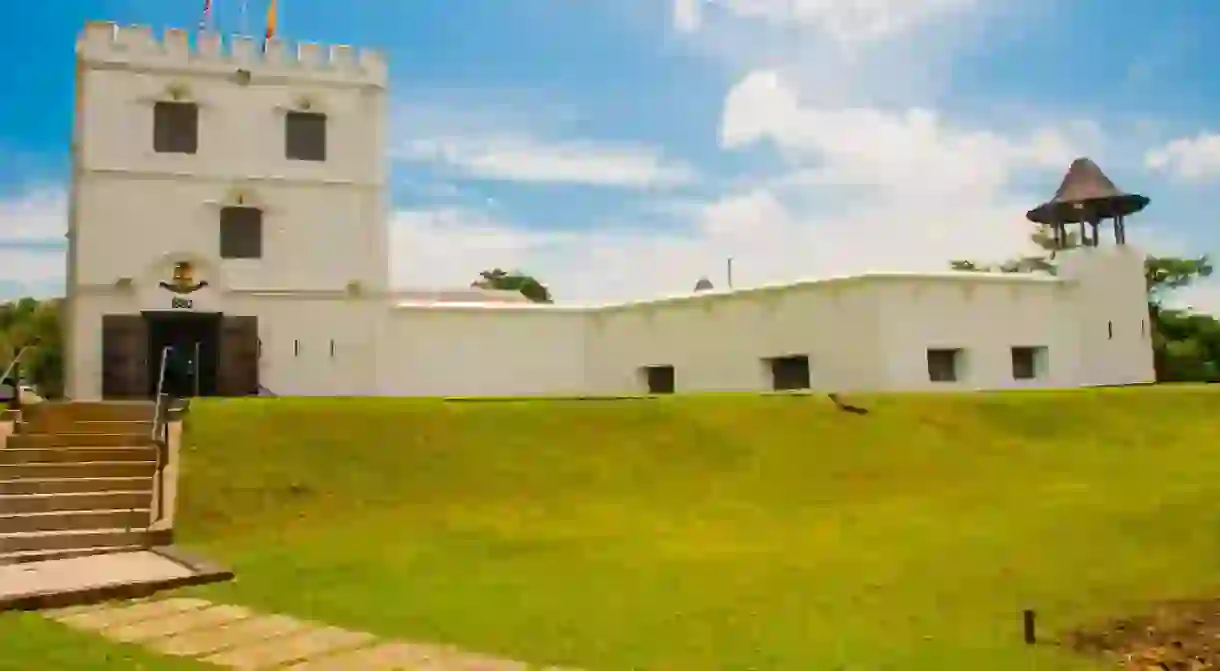The (Almost) Romantic Tale of Kuching's Fort Margherita

Kuching has some of Borneo’s best preserved colonial buildings dating from the late 19th century under the Second White Rajah. Here’s how Fort Margherita got its name and why the romantic gesture didn’t end up being a happy ever after.
Fort Margherita: An English castle in the jungle
The colonial fort overlooking the northern banks of the Sarawak River looks out of place. From a distance, the white-washed structure resembles an English Renaissance palace blended with a medieval castle. Instead of sitting almost forgotten in the chilly British countryside, the three-storied fortress is a stone’s throw from the steamy jungle. Fort Margherita showcases the very best of colonial architecture in Borneo.

A romantic gesture
Charles Brooke, the nephew of first White Rajah James Brooke, became the ruler of Sarawak (1868-1917) and immediately expanded the state’s borders and commissioned new building projects. But Charles, like his uncle, didn’t have an heir and desperately wanted a son. Enter Margaret Alice Lili de Windt, the soon-to-be (arranged) bride of the Second White Rajah. Charles and Margaret married in 1869. She moved to Sarawak, becoming the Ranee (or Queen). Charles ordered the immediate construction of a palace (the Astana) for her arrival in the tropics.
A not-so fairytale ending
After their first child, Margaret returned to England. Their marriage and relationship became progressively worse. She later came back to Sarawak and gave birth to two more children and future heir Vyner Brooke. But, again, Charles’s Queen boarded the ship back to England, and they lived estranged. Meanwhile, the fort to defend against piracy and indigenous attacks was ready in 1879. So Charles named it Fort Margherita after his wife.

Heartbreak?
Was honouring Margaret a gesture of love because she returned to Sarawak and gave birth to a healthy heir? Could it be that Charles simply followed traditions to cement the White Rajah’s legacy in Kuching? Or maybe he loved his wife dearly and felt heartbroken when she moved back to England. The real motives behind this gesture are murky and lost to history.
Fort Margherita today
Fort Margherita initially defended the colonial capital against piracy. Reinforcements were added in the early 20th century after a series of local insurgencies. It then became a Police Museum in 1971 until the Brooke Gallery, which fittingly describes Sarawak’s history, opened in 2016. Today, visitors can learn about the life and legacy of the Brooke dynasty inside Sarawak’s imposing Fort Margherita.
An aerial view of Kuching’s Fort Margherita.













